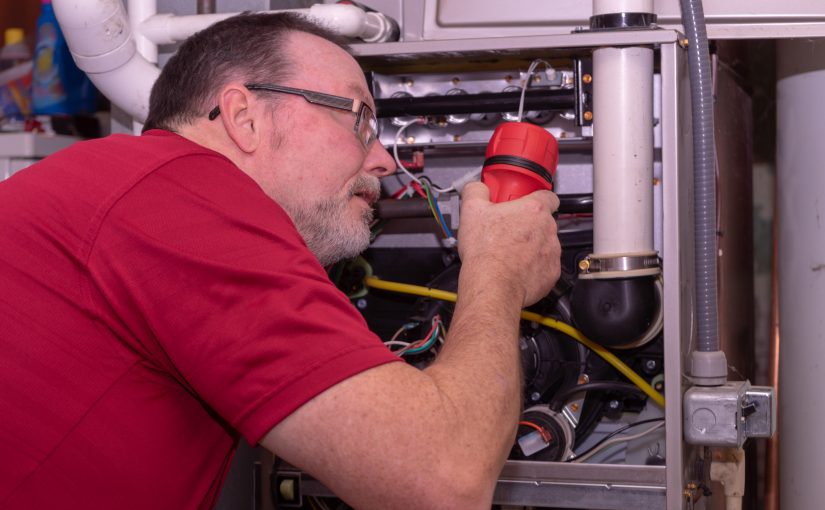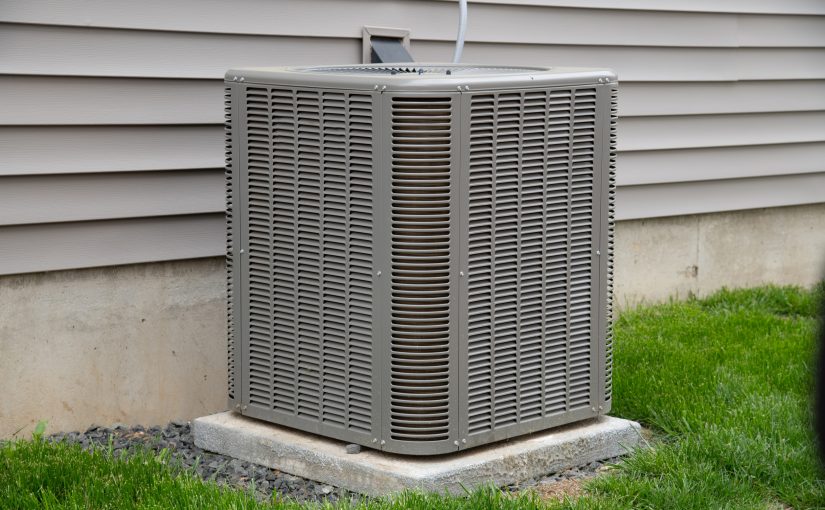As summer heats up in South Puget Sound, many homeowners start to feel the pressure—both, from rising temperatures and the increase in indoor dust. At Air Handlers, Inc., we specialize in HVAC solutions that help you stay cool and breathe cleaner air all season long.
Whether you’re in Olympia, Tumwater, Lacey, Yelm, or All of Thurston County, South Mason County, North Lewis County, and East Grays Harbor County, here’s how we can help manage the double trouble of dust and heat in your home.
Beat the Heat with Efficient Cooling
Summer temperatures in South Puget Sound may not be scorching, but a few hot days in a row can make your home uncomfortable. If your air conditioning system is struggling to keep up, it could be time for a tune-up—or even an upgrade.
Air Handlers, Inc. offers:
AC System Maintenance & Repairs
Professional inspections and cleanings keep your system running efficiently. A well-maintained unit uses less energy and keeps your home cooler.
Energy-Efficient System Upgrades
New HVAC technology can significantly reduce your energy bills while delivering stronger, quieter, and more consistent cooling.
Clear the Dust for Healthier Air
During dry summer months, open windows, pets, and daily activity stir up allergens and dust, which your HVAC system may circulate through your home if filters and ducts aren’t properly maintained.
Here’s how we help you manage indoor air quality:
Filter Replacement & Upgrades
Basic filters trap larger particles, but we offer HEPA and high-MERV filters that capture finer dust, pollen, and even bacteria.
Air Duct Cleaning
Over time, ducts collect dust, pet dander, and debris that can reduce airflow and worsen air quality. Our team provides thorough, professional duct cleaning to keep your system clean and efficient.
Air Purifier Installation
For allergy sufferers or those wanting top-tier air quality, consider adding a whole-house air purifier to trap airborne pollutants.
Pro Tip: Set It and Forget It
Smart thermostats help manage both comfort and energy savings by adapting to your schedule and habits. Ask us about adding one to your existing system!
Schedule a Summer HVAC Check-Up
If it’s been over a year since your last HVAC service—or if you’re already noticing warm spots or extra dust—now’s the time to book a visit. The Air Handlers, Inc. team has proudly served homes and businesses across the South Puget Sound for over 20 years, and we’re here to help you enjoy summer in total comfort.
Call us at (360) 357-4428
Serving Olympia, Tumwater, Lacey, Yelm & beyond
Visit www.airhandlersinc.com to schedule service today
Air Handlers, Inc. — Your comfort is our mission.








